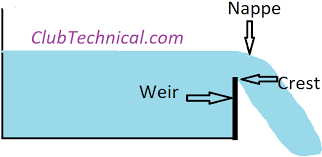Water and sanitation under emergencies
Water and sanitation under emergencies
- Joint rapid assessment of needs, current level of access, and gaps should be conducted by a team of relevant stakeholders including the users, to the extent possible
- Do not implement parallel services; to the extent possible, include and build on existing services, facilitate early inclusive delivery of assistance, collaboration and coordination mechanisms among local authorities, service providers, and users
- Prioritize age, gender and diversity (AGD) sensitive life-saving interventions, and regularly monitor and report on the WASH situation as well as key WASH indicators
- Integrate environmental considerations in the initial WASH assessment and consider climate and environmentally friendly options to the extent possible
- Seek the support of and complementarity with other agencies specialized in the area of WASH, including relevant authorities, local service providers and development actors, which can support emergency responses and beyond.




Comments
Post a Comment